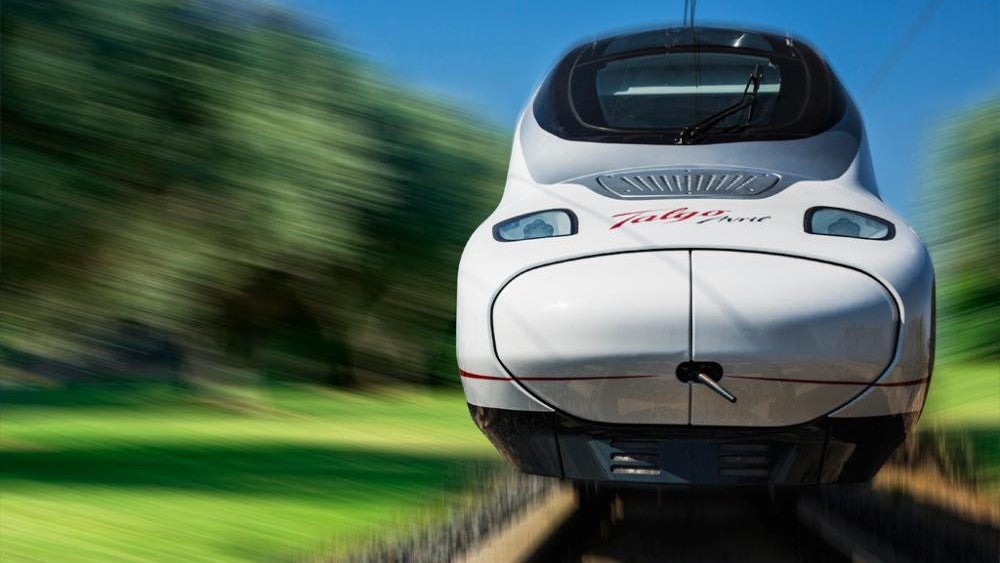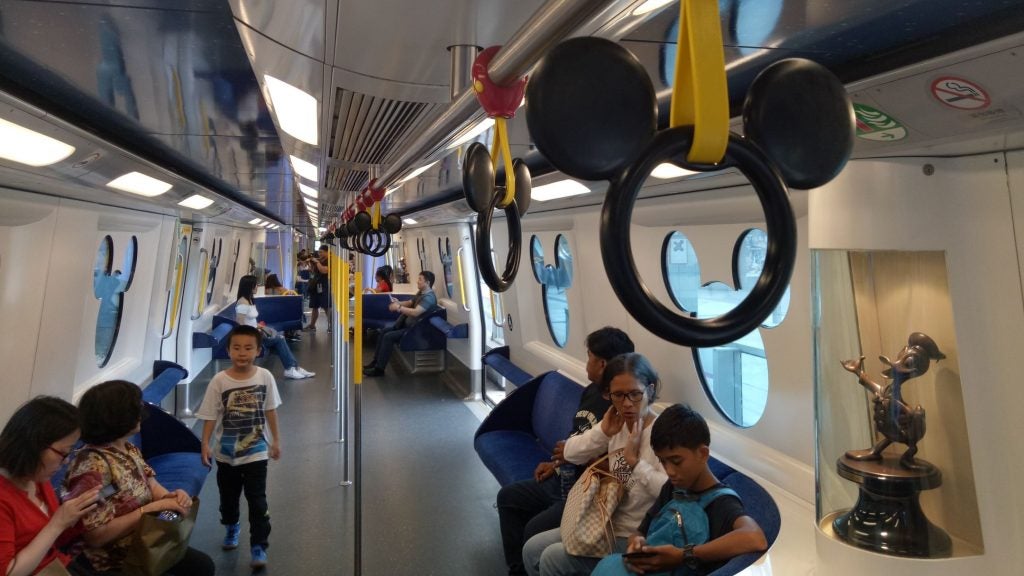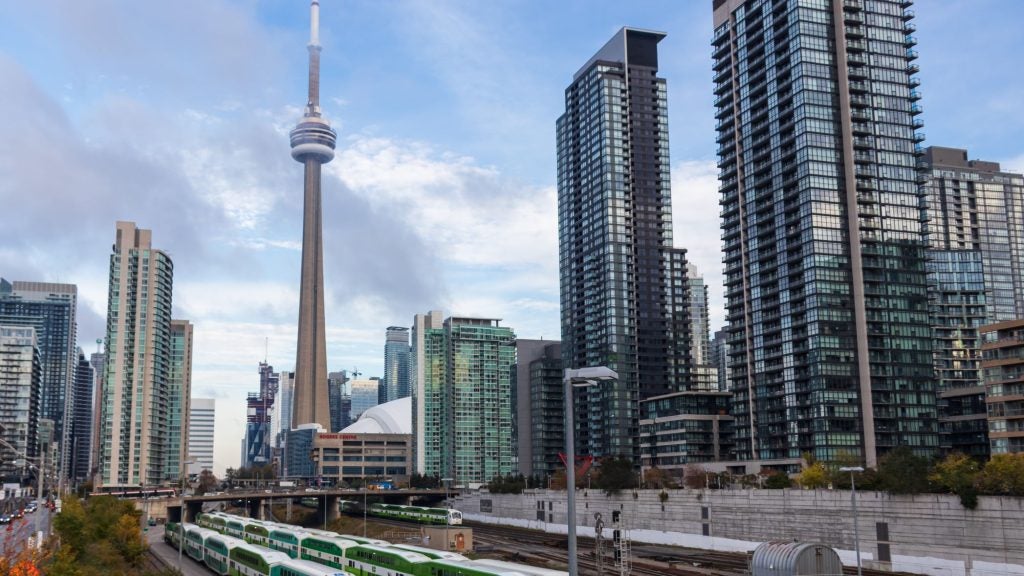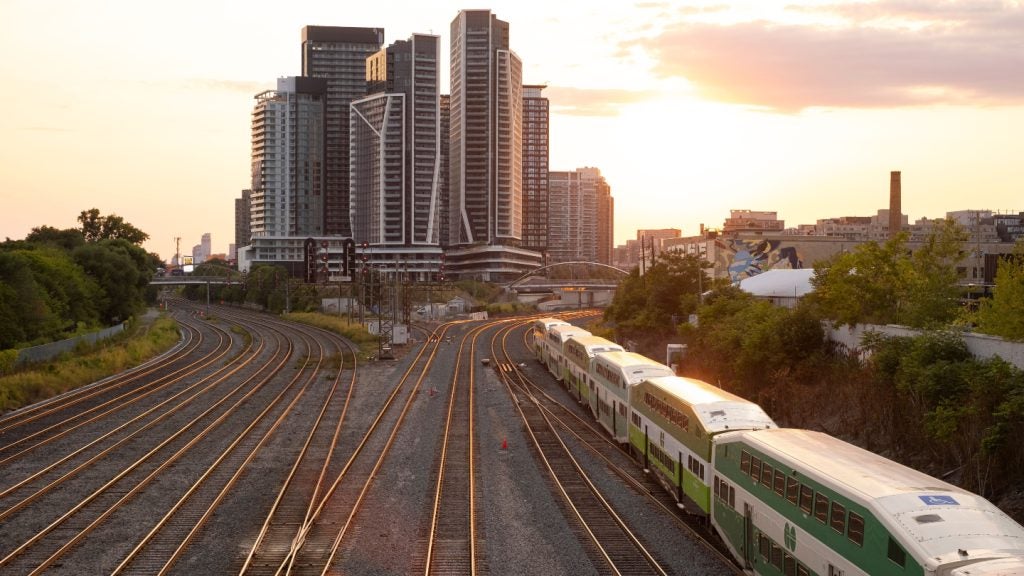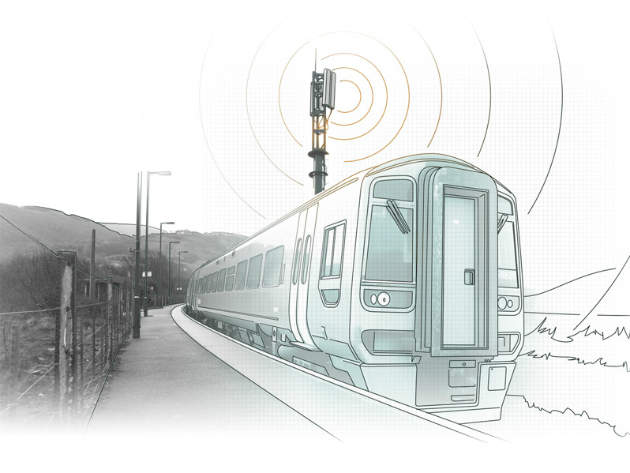

“If you want to run trains outside your borders,” says ERTMS Users Group managing director Michel Ruesen, “it's good to have a system that is the same in all countries. [And there’s] a high level of safety, too.”
Ruesen is describing the benefits of the European Rail Traffic Management System (ERTMS), something his group has been working on for over 20 years. This initiative consists of the European Train Control System (ETCS) and a radio for voice and data communication between the track and train. It was first mooted back in the late 1980s as a way to revolutionise traditional signalling by replacing lineside signals with a computer in the driver’s cab to control the speed and movement of the train.
The official ERTMS website states: “[It will replace] the different national train control and command systems in Europe. The deployment will enable the creation of a seamless European railway system and increase European railway's competitiveness.”
Some perspective: at present there are more than 20 train control systems spread across the EU, hampering cross-border traffic. On the Paris-Brussels-Cologne and Amsterdam route, the Thalys train sets have seven types of these systems. That’s not ideal for interoperability, as Ruesen describes it. Come July 2009, the ERTMS deployment plan had been adopted.
Progress across Europe
Over the intervening years, there has been a host of projects across Europe, but a few countries have pulled ahead of the rest. “Switzerland is really the most advanced,” says Ruesen. According to the ERTMS website, the country has the highest number of vehicles equipped with ERTMS in operation in the world. “A few are just behind them, one being Denmark, and Belgium, but also the Netherlands and the UK,” adds Ruesen.
How well do you really know your competitors?
Access the most comprehensive Company Profiles on the market, powered by GlobalData. Save hours of research. Gain competitive edge.

Thank you!
Your download email will arrive shortly
Not ready to buy yet? Download a free sample
We are confident about the unique quality of our Company Profiles. However, we want you to make the most beneficial decision for your business, so we offer a free sample that you can download by submitting the below form
By GlobalDataSee Also:
"The reason is because Switzerland had an urgent need to replace their existing system, the same thing for Denmark. Switzerland recognised this, and thought, 'Okay, we will take the ERTMS system’. So, it's the obsolescence of their existing system [that has sped up progress].”
Switzerland first chose ERTMS back in the 1990s, with a test project taking place on the Olten-Luzern line. Since then, the number of trains equipped with the system has grown to more than 500 and ERTMS is installed on the Mattstetten-Rothrist and Lötschberg tunnel lines, two of the busiest in the country.
HSL-Zuid, a 125km-long high-speed railway line linking the Netherlands to the Belgian border, uses ERTMS level two technology, while the Netherlands is also planning to use it for its freight operations.
Back in 2004, Italy started construction of its first ERTMS-equipped lines and has now expanded this across many other routes. It has ERTMS level two as its only signalling system on its new high-speed lines. Spain is also considered a front runner, with thousands of kilometres either employing the system or in the process of testing and installation.
In the UK, Network Rail first began testing back in 2013 at its ETCS national integration facility, while last December a test train ran through London completely under the control of ETCS – the first time a train on the national network has used the system in the city.
Hitachi Rail Europe has also become the first UK rolling stock manufacturer to be officially approved to run trains using in-cab signalling, and more than 160 new trains will be fitted with ETCS.
There are numerous other places in Europe that could be studied, both in terms of vehicles and tracks, but it is China that has excelled, with approximately 7,500km of track contracted for ERTMS, while Saudia Arabia has just over 2,000km.
“They may be ahead in terms of kilometres, but it's quite simple why,” explains Ruesen. “The Chinese decided to build new rail lines, and the country is quite big, so the kilometres come very fast.
“The reason why it is complicated to introduce in Europe is because we have a migration from an existing automatic train protection (ATP) system to this new, modern ATP system.”
The ‘ramping up’ phase
The complication that Ruesen speaks of can be boiled down to one thing: standardisation. Not a particularly nice word but essential to what ERTMS is trying to achieve.
The biggest challenge, therefore, "is that we want to have one system which fits all of Europe", says Ruesen, although he admits this is "terribly difficult". "Railways all look the same," he explains, "but when you go into detail they are completely different from each other."
Additionally, when dealing with so many countries that means having to contend with multiple national safety authorities and regulators. This process of testing, certification and authorisation is “a big challenge to overcome”, says Ruesen, as is balancing all the different preferences and demands.
However, as projects continue and time passes, it is expected that ERTMS will be become the norm, allaying concerns from regulatory bodies and others. Also, in September, the European Union Agency for Railways and rail sector associations signed a fourth memorandum of understanding on ERTMS deployment, which EU transport commissioner Violeta Bulc called “the backbone of the digital railway”.
But could things have moved quicker? Not according to Ruesen, who thinks the current state of play is natural for any new initiative. “For any product in the cycle, you have this pioneering phase, then the ramp-up phase, and the saturation bit,” he says.
“I think we are now in the ramping up phase. But I think between now and the next ten-15 years you will see a lot of deployment of ERTMS and that will also mean things will speed up. There's a lot of finance at stake – a lot of money involved.”
Patience is still the name of the game and it could take another 25 years to reach what Ruesen calls “really considerable coverage”. A unified European railway system has a long way to go, but the path is beginning to take shape.



